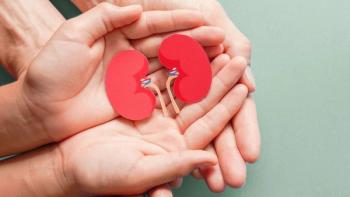
Joy Anderson Reflects on Her Diagnosis of a Rare Blood Cancer
A push for answers led to a rare blood disorder diagnosis after Joy’s symptoms were initially dismissed.
Joy Anderson, liaison for the MPN Research Foundation and leader of the Florida Central region support group, reflected on the period before her diagnosis with essential thrombocythemia, when persistent health changes disrupted her life. Juggling nursing school, work and family, she sensed something was wrong and pushed for a more thorough evaluation. Despite her concerns initially being dismissed, she persisted, ultimately being referred for specialized testing. This persistence led to a confirmed diagnosis of a rare blood disorder.
Looking back, Anderson noted how the field has evolved over the past 20 years. When she was first diagnosed, the condition was known as a blood disorder. The World Health Organization later reclassified it as a neoplasm. The discovery of the JAK2 mutation in 2006, followed by the CALR mutation in 2013 and the MPL mutation, significantly changed the research landscape for myeloproliferative neoplasms.
What began as a personal health journey has now grown into a broader mission. Today, Anderson helps others feel heard, understood and supported through local meetings, online spaces and one-on-one connections.
Transcript:
CURE: Can you talk to me about before you were initially diagnosed? Did you have symptoms? How was it found?
I had symptoms. I had severe headaches, and I was super fatigued, and I was only in my 30s. I was trying to work full time, support my family, I had kids, and it was really hard.
My PCP said, “There’s no way that you have this.”
I was in nursing school, and I said, “I think I have essential thrombocythemia, my platelets have been super high. Here's my lab work.”
And I really had the push to see a hematologist-oncologist. So, I finally got the order to see a hematologist-oncologist, and he did a bone marrow biopsy right then and there, right in the office.
And he said, “OK, we'll see. You know if this is true.”
And six weeks later, I came back, and he said, “You were right. You have essential thrombocythemia. It's very rare for your age, but it you can just take a baby chemo pill, hydroxyurea, and come see me every six months and take blood work, you'll be fine.”
Transcript was edited for clarity and conciseness.
For more news on cancer updates, research and education,





